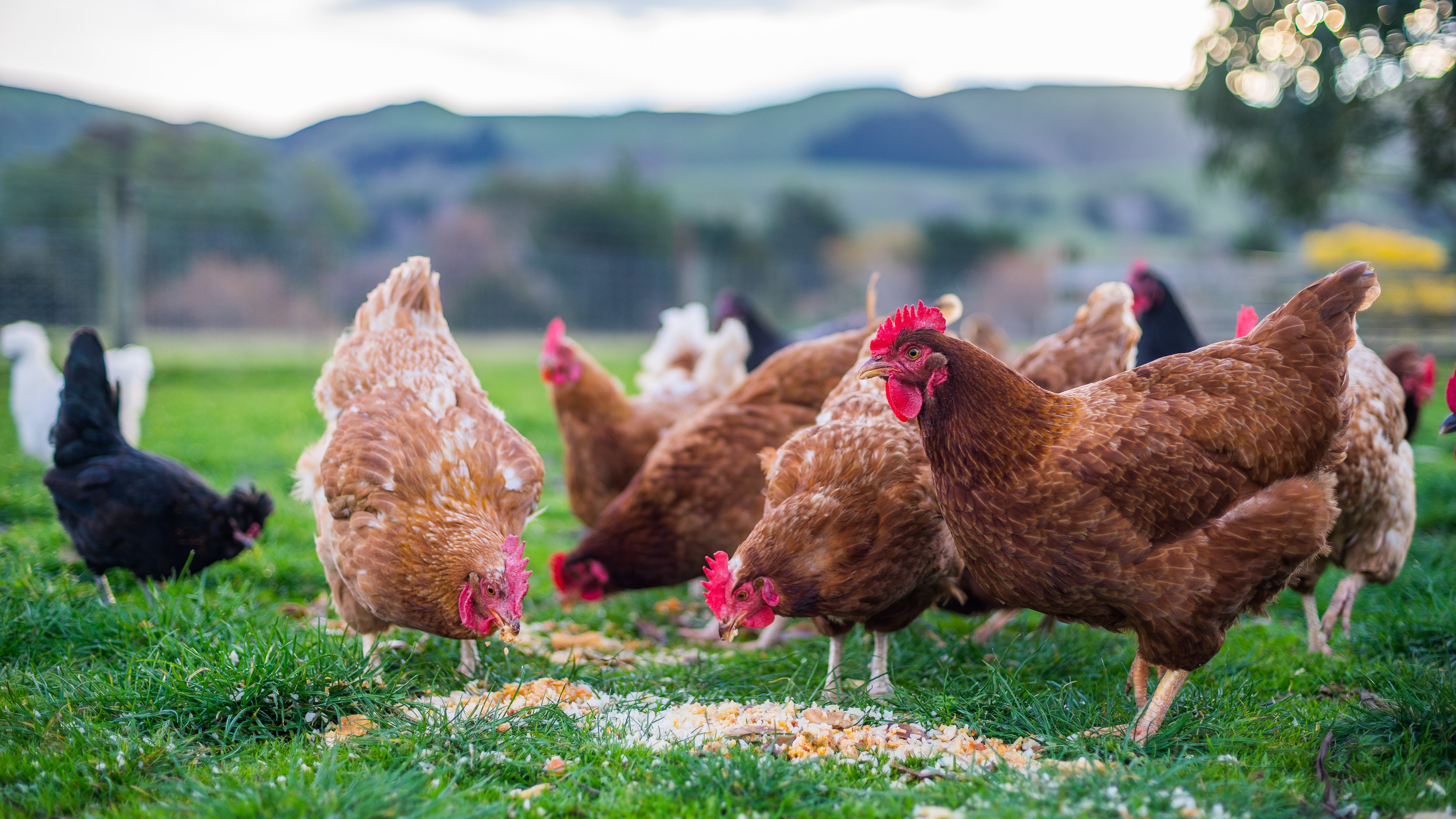Q fever in Ireland
Background
Q fever is a disease of cattle, sheep and goats caused by the bacterium Coxiella burnetii. It has a worldwide distribution, and was first detected in farm animals in Ireland in the 1960s. Q fever can cause abortion and reproductive problems in affected animals, with associated economic loss to the farmer. Q fever is also a zoonosis, meaning that people can become infected. In most human cases no symptoms are reported after infection, but Q fever can also cause a mild flu like illness, and can occasionally cause more serious health problems, including heart problems.
The causative bacteria of Q fever (C. burnetii) can be shed by infected animals in very large numbers during normal calving/lambing and in even higher numbers if infection causes an abortion. The bacteria can survive as spores which can be spread by the airborne route on the wind, in some cases far beyond the farm boundaries. Most human cases are caused by inhaling these bacterial spores.
Q fever is a notifiable disease in both animals and humans.
Q fever statistics- animals
The most recently published study of Q fever in Irish livestock estimated that 19.5% of dairy herds were infected; these herds had bulk tank milk which tested positive for antibodies to Q fever, with a positive test denoting past exposure. Previous studies indicated that 6.9% of all cattle herds, 8.4% of sheep flocks and 1.5% of goat herds contained animals that had been exposed to Q fever. Of all animals tested in these studies, the proportion of positive tests was small; the data indicated that 1.8% of cattle, 0.7% of sheep and 0.3% of goats had been exposed to Q fever. The results from Irish studies are broadly in line with findings in other countries.
Data from the Laboratory Information Management System (LIMS) database maintained by DAFM shows that only a small number of clinical cases of Q fever (abortions attributed to C. burnetii) are diagnosed on an annual basis.

Table 1: Cases of Q fever by species over the past three years. *including 3 lambs submitted together from the same flock at the same time.
Q fever statistics- Humans
Numbers of cases recorded in humans over the past three years are similarly low. According to the latest statistics from the Health Protection Surveillance Centre (HPSC), 6 cases were recorded in 2016, 2 cases were recorded in 2017, and 0 cases were recorded in 2018. It is likely that these are underestimates, as previous research had found that 8.5% of Irish Department of Agriculture field and laboratory staff had evidence of exposure.
Conclusion
Q fever is a health risk for Irish farm animals and Irish people, but it has been here for over 50 years and the risk appears to have remained stable thus far. In individual cases it can cause reproductive problems on farms, financial losses to farmers, and can pose a health risk to those who are exposed to bacteria shed by infected animals. Positive herd test result status has been found to be correlated with enterprise type being dairy rather than beef, larger herd size and increased number of stillbirths. With the trend of beef farmers “switching to dairying” and marked increases in dairy herd sizes in recent years, surveillance for the prevalence of Q fever in Irish animals needs to be continued into the future. Q fever should be considered as a differential diagnosis in ruminants where reproductive problems present, especially where the level of stillbirths or abortions in a herd is higher than expected. If Q fever is diagnosed in farm animals, those who are nearby the animals during birth or who are near the calving/lambing areas, including farm workers and the farm family, should consult their GP if they feel unwell.
Further information on Q fever
For more in-depth discussion, please see the following articles:
Ryan, ED., Wrigley, K., Hallinan, A., McGrath, G., Clegg, TA. (2018). Antibodies to Coxiella burnetii in Irish bulk tank milk samples. Veterinary Record 182, 550.
Ryan, E., Kirby, M., Clegg, T., Collins, DM. (2011). Seroprevalence of Coxiella burnetii antibodies in sheep and goats in the Republic of Ireland. Veterinary Record 169, 280.
Prevalence of Coxiella burnetii (Q fever) antibodies in bovine serum and bulk-milk samples. Ryan E, Kirby M, Collins D, Sayers R, Mee J, Clegg T. Epidemiology and Infection. 2011. 139: 1413-1417.
Reid A, Malone J. Q fever in Ireland: a seroprevalence study of exposure to Coxiella burnetii among Department of Agriculture workers. Occupational Medicine 2004; 54: 544–547.






